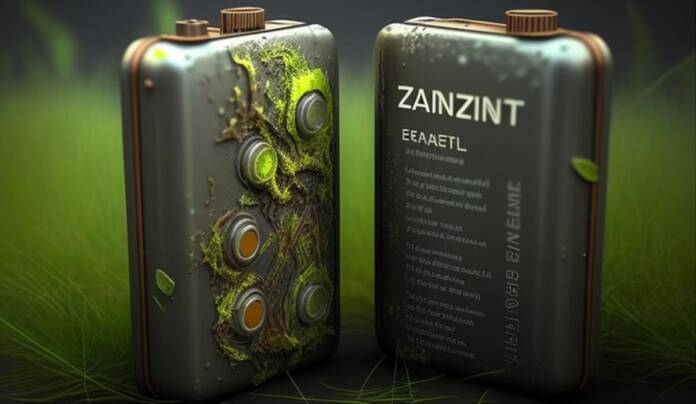Lithium ion batteries are widely used to power our electronic devices and electric vehicles. However, its production is expensive and requires a scarce mineral such as lithium, as well as being highly flammable. For this reason, a cheaper, safer and more environmentally friendly alternative has been sought. In this sense, zinc batteries have gained attention due to their abundance, low cost, and maturity in recycling infrastructure.
However, zinc batteries face challenges in their development, such as the reaction of water in the electrolyte when charged at high voltage, which generates hydrogen gas and reduces battery life and performance. Additionally, needle-like zinc deposits form during charging, known as dendrites, which can short-circuit the battery and render it unusable.
A promising solution
An international team led by Professor Maria Lukatskaya from ETH Zurich University has developed a strategy that addresses these issues and improves the performance of zinc batteries. Rather than spike the electrolyte with toxic salts, the researchers found that a relatively low concentration of five to 10 water molecules per salt ion was ideal. In addition, they used salts of acetic acid, known as acetates, which are friendly to the environment and allowed the battery to charge and discharge more quickly.
Although the results are based on small-scale tests in the laboratory, the researchers hope to apply their strategy to larger batteries and use them in energy storage systems to compensate for fluctuations in the electrical grid or in homes that generate solar power during the day. to use it at night. However, the cathode materials still need to be optimized to achieve long-lasting and efficient zinc batteries.
The development of more efficient, safer and environmentally friendly batteries is key to moving towards a sustainable energy transition. The strategy proposed by the team led by Professor Lukatskaya represents a promising step in this direction. By finding an ideal salt concentration that not only improved battery performance but also reduced its environmental impact, it shows that innovation is possible without compromising safety and sustainability. Further investment in research and development is necessary to overcome the remaining challenges and bring this technology to market.
You can read more details at techxplore.com













